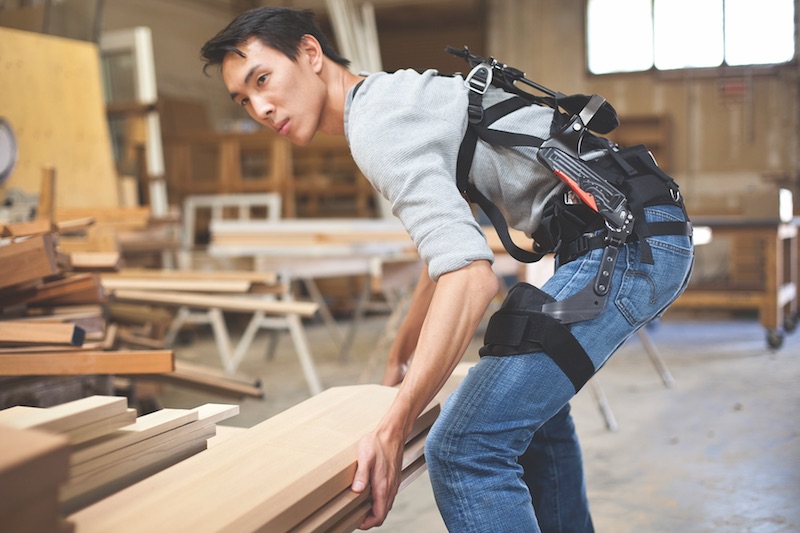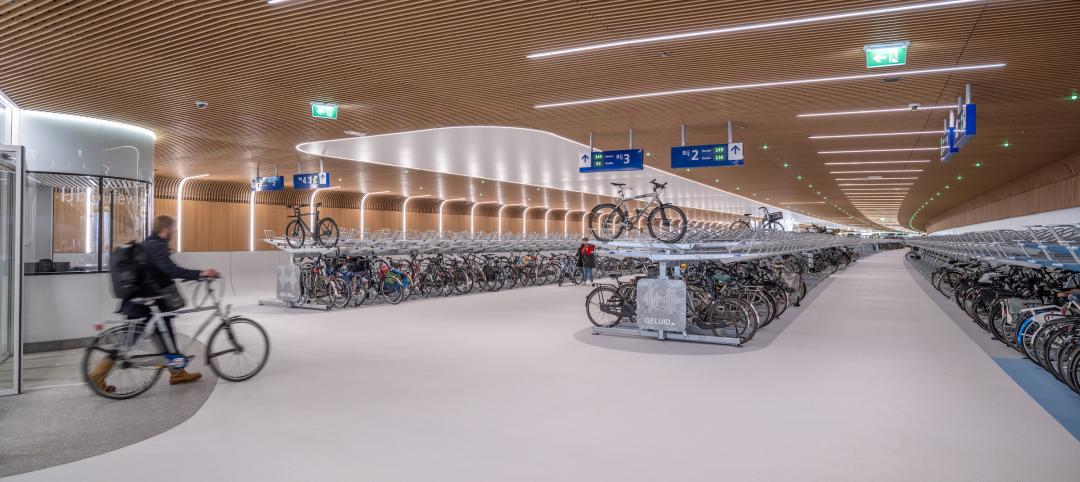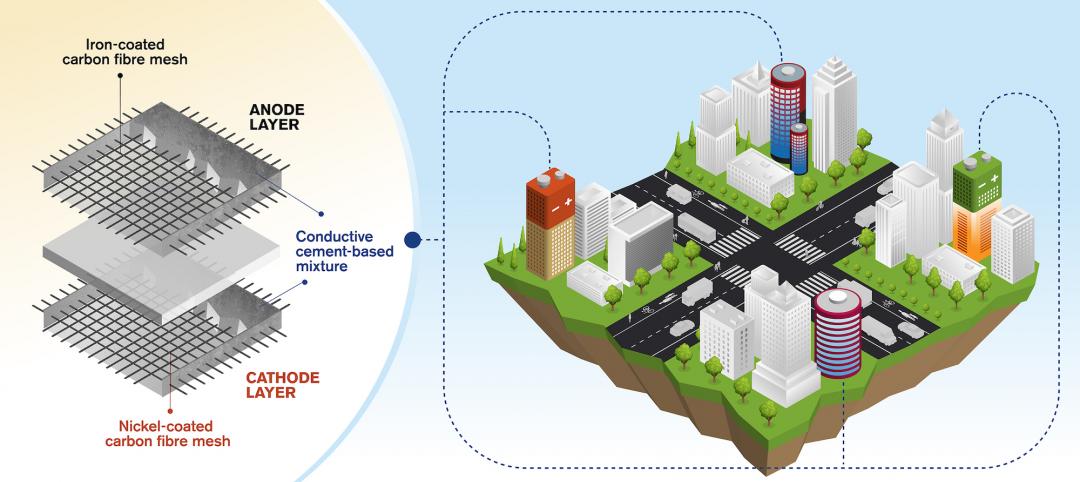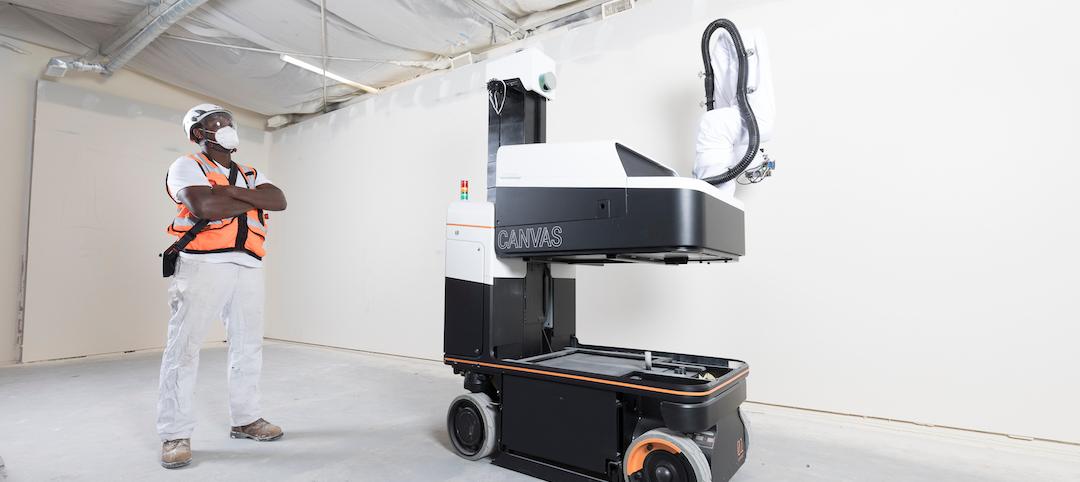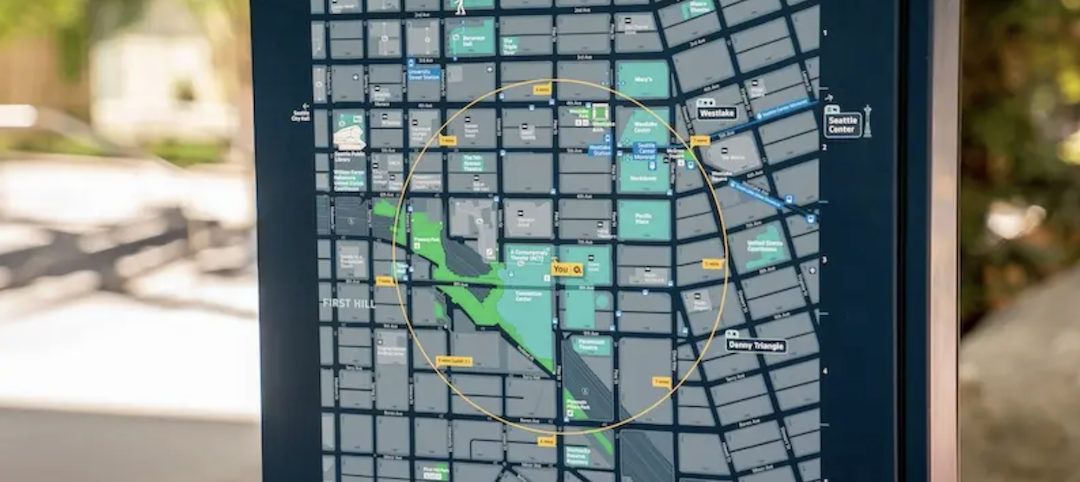The exoskeleton is a popular science fiction trope: “Aliens,” “District 9,” and “Edge of Tomorrow” all prominently feature the mechanical suits. And as with many sci-fi inventions before it—holograms, 3D printing, self-adjusting shoelaces—exoskeletons are making the jump from the silver screen to the real world.
SuitX industrial exoskeletons reduce the risk of injuries to the wearer without the use of batteries, actuators, or computers. Available in backX, legX, and shoulderX, the modular devices can be combined to form a full-body exoskeleton, called MAX.
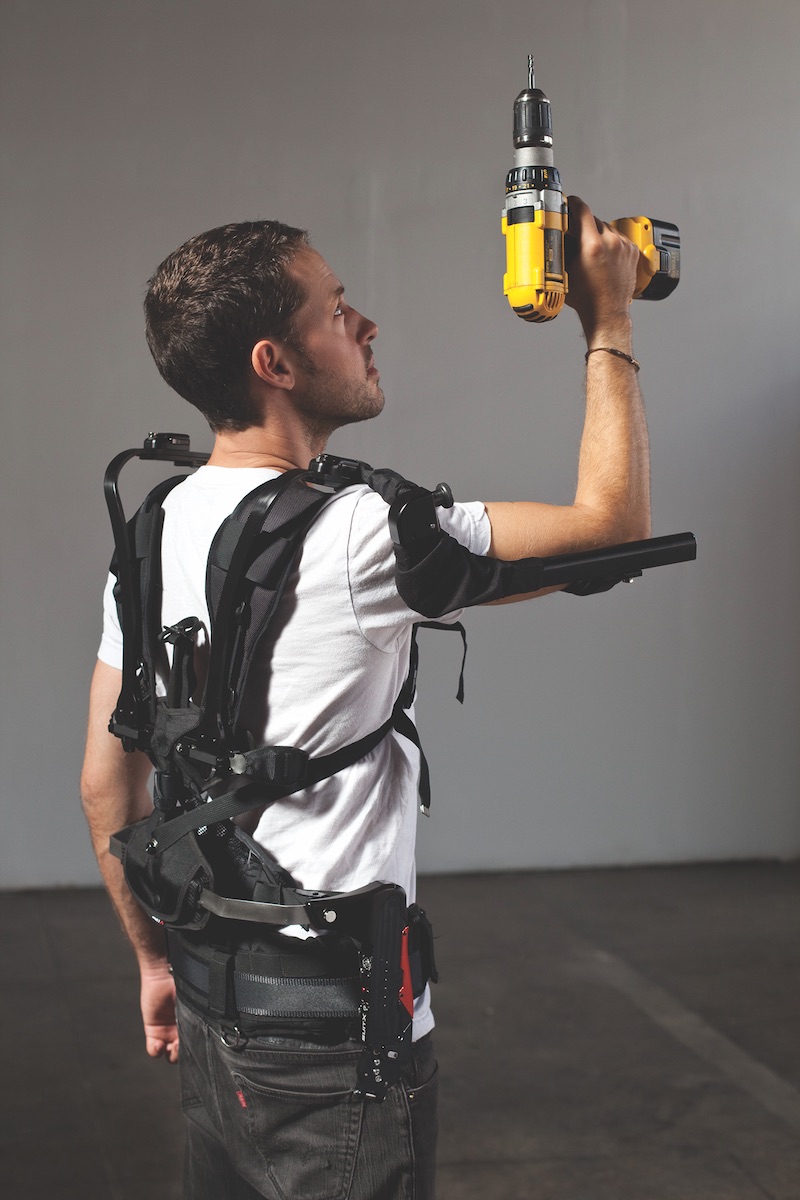
BackX can be put on and taken off in 30 seconds and is designed to integrate with standard safety harnesses and tool belts. The module reduces the forces and torques on a wearer’s lower back region (L5/S1 disc) by an average of 60% while stooping, lifting objects, bending, or reaching. It comes in two models. Model S is compatible with legX, weighs 4.9 lbs, and is worn with an exoskeleton harness that weighs 2.5 lbs. Model AC is compatible with legX and shoulderX and weighs 7.5 pounds. It is worn with the same 2.5-lb harness. The Model S frame keeps the rear belt open and accessible for reaching tools, while the Model AC frame is load-bearing and transfers the weight of attached loads directly to the hips or the ground if legX is attached.
See Also: IAQ monitoring for all
LegX allows the wearer to squat repeatedly or for prolonged periods of time by reducing the knee joint and quadriceps muscle forces. The system can distinguish between walking, ascending/descending stairs, and squatting to provide support only when it is needed. A locking mode allows the module to be used like a chair. LegX is offered with a custom work boot to maximize comfort. LegX weighs 13.7 lbs, but is not borne by the user.
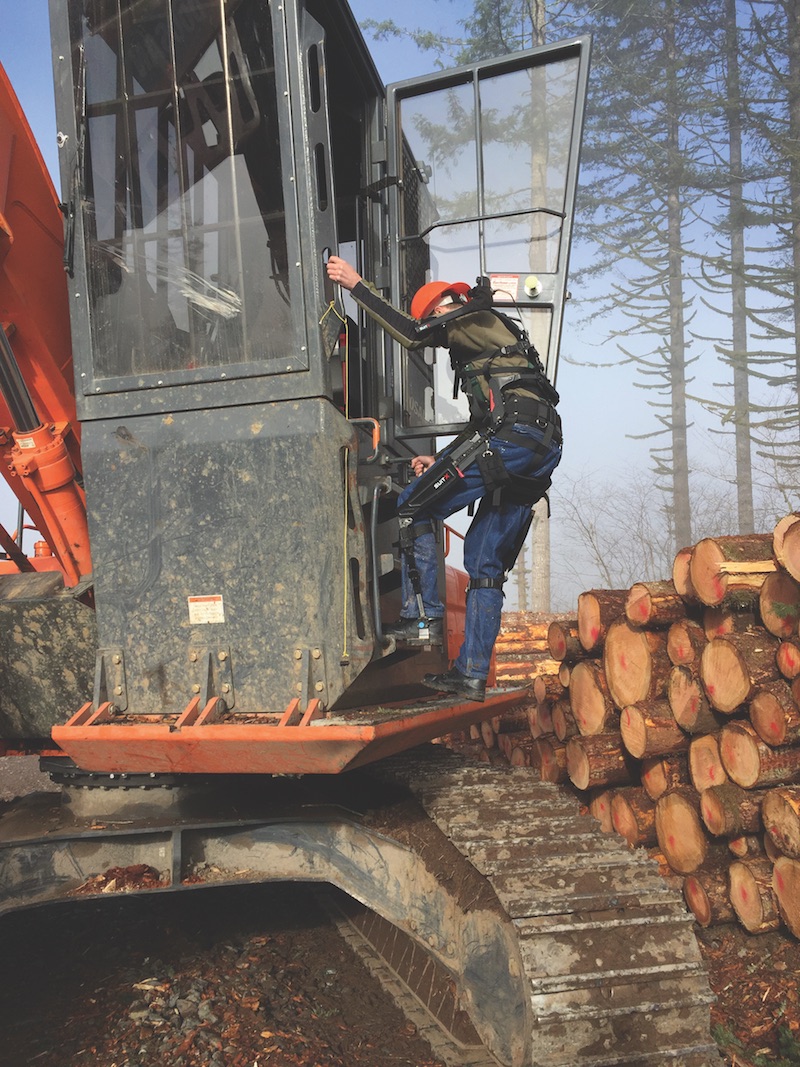
ShoulderX reduces gravity induced forces at the shoulder complex, enabling the wearer to perform chest-to-ceiling-level tasks for longer durations and with less effort. The module balances the combined weight of the wearer’s arm and the tool he is holding throughout the body’s range of motion and can be quickly tuned for different levels of support. The support force gradually increases as the user lifts his arms. ShoulderX weighs 9.4 lbs with one arm attached, 11.7 lbs with two arms attached.
When all three modules are combined, the system reduces the muscle force required to complete tasks by as much as 60%, says the maker.
BackX and shoulderX cost $4,000; legX is $6,000.
Related Stories
Cladding and Facade Systems | Apr 5, 2023
Façade innovation: University of Stuttgart tests a ‘saturated building skin’ for lessening heat islands
HydroSKIN is a façade made with textiles that stores rainwater and uses it later to cool hot building exteriors. The façade innovation consists of an external, multilayered 3D textile that acts as a water collector and evaporator.
Transportation & Parking Facilities | Mar 23, 2023
Amsterdam debuts underwater bicycle parking facility that can accommodate over 4,000 bikes
In February, Amsterdam saw the opening of a new underwater bicycle parking facility. Located in the heart of the city—next to Amsterdam Central Station and under the river IJ (Amsterdam’s waterfront)—the facility, dubbed IJboulevard, has parking spots for over 4,000 bicycles, freeing up space on the street.
Concrete | Jan 24, 2023
Researchers investigate ancient Roman concrete to make durable, lower carbon mortar
Researchers have turned to an ancient Roman concrete recipe to develop more durable concrete that lasts for centuries and can potentially reduce the carbon impact of the built environment.
Sponsored | Resiliency | Dec 14, 2022
Flood protection: What building owners need to know to protect their properties
This course from Walter P Moore examines numerous flood protection approaches and building owner needs before delving into the flood protection process. Determining the flood resilience of a property can provide a good understanding of risk associated costs.
Giants 400 | Nov 14, 2022
4 emerging trends from BD+C's 2022 Giants 400 Report
Regenerative design, cognitive health, and jobsite robotics highlight the top trends from the 519 design and construction firms that participated in BD+C's 2022 Giants 400 Report.
AEC Tech | Apr 13, 2022
A robot automates elevator installation
Schindler—which manufactures and installs elevators, escalators, and moving walkways—has created a robot called R.I.S.E. (robotic installation system for elevators) to help install lifts in high-rise buildings.
AEC Tech Innovation | Mar 9, 2022
Meet Emerge: WSP USA's new AEC tech incubator
Pooja Jain, WSP’s VP-Strategic Innovation, discusses the pilot programs her firm’s new incubator, Emerge, has initiated with four tech startup companies. Jain speaks with BD+C's John Caulfield about the four AEC tech firms to join Cohort 1 of the firm’s incubator.
Great Solutions | Jan 18, 2022
Researchers develop concept for rechargeable cement-based batteries
Researchers from the Department of Architecture and Civil Engineering at Chalmers University of Technology in Gothenburg, Sweden, have created a concept for rechargeable batteries made of cement. The concept involves a cement-based mixture with small amounts of short carbon fibers added to increase conductivity and flexural toughness.
Great Solutions | Nov 22, 2021
Drywall robots take the risk out of the finishing process
Canvas is using robots to complement the work already being done by drywall professionals.
Great Solutions | Sep 23, 2021
Seattle looks to become America’s most walkable city with a new citywide wayfinding system
Seamless Seattle will support the Seattle Department of Transportation’s commitment to increase the percentage of trips made by walking to 35% by 2035.


